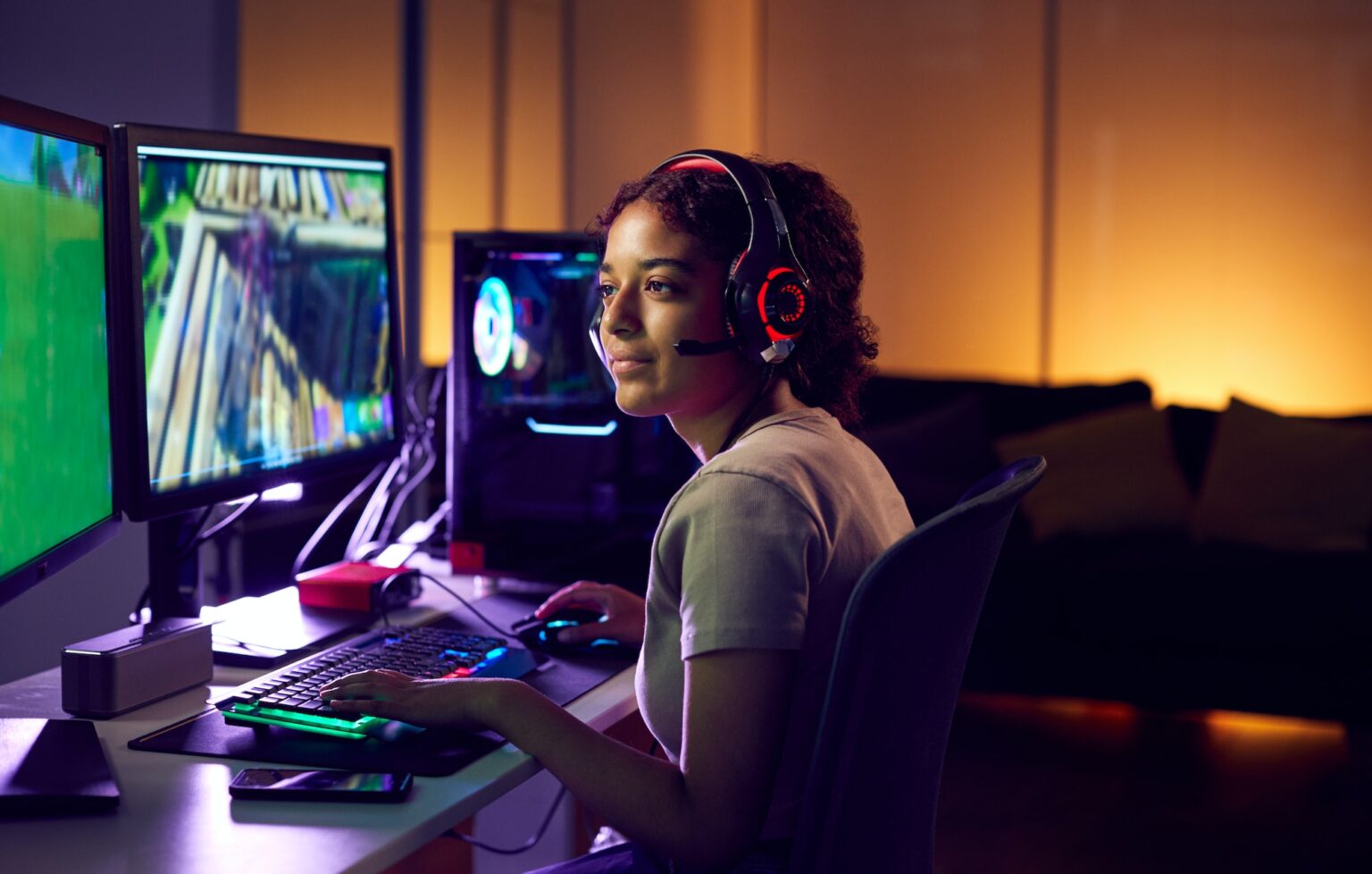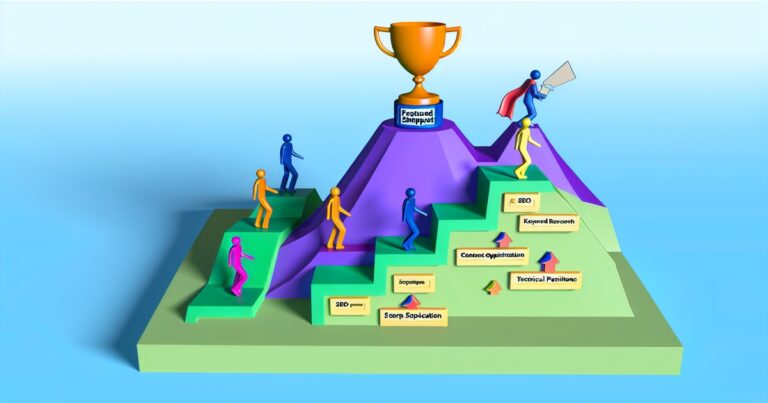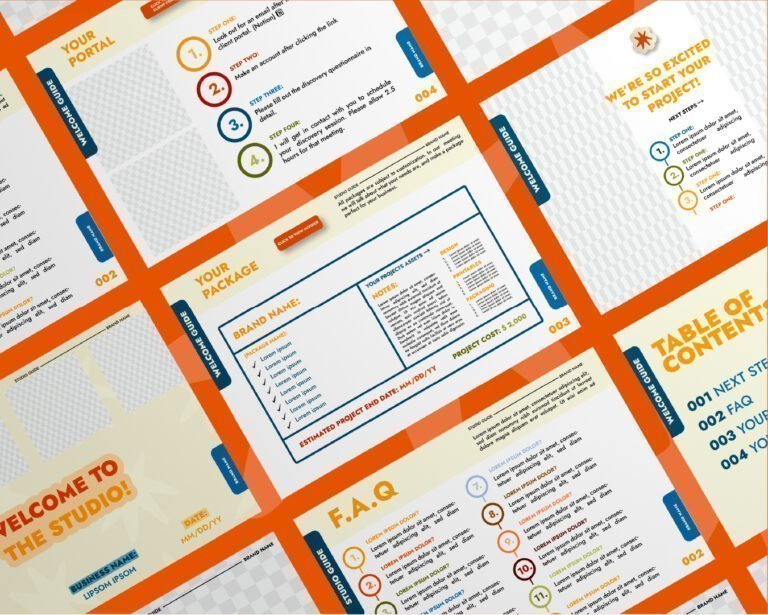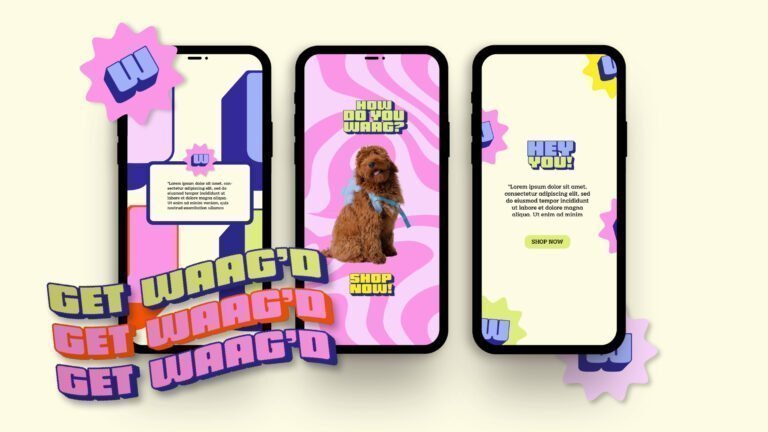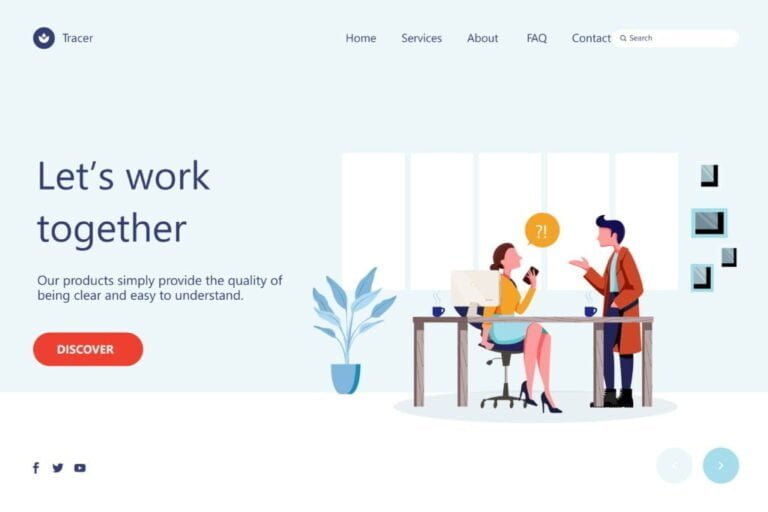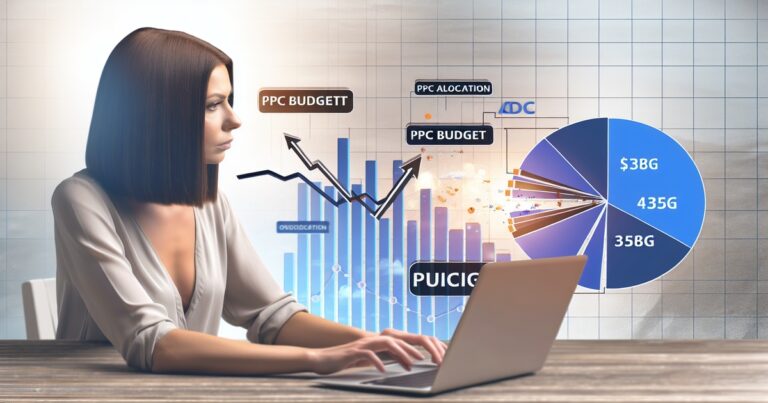The Magic of Animated Web and Graphic Design
Animation is a powerful tool that has revolutionized the web and graphic design world. It allows designers to create captivating user experiences that engage, inform, and entertain their audiences like never before. From simple hover animations to complex character designs, animation has become integral to modern design.
A Brief Overview of Animation in Web and Graphic Design
Animation involves using moving images or graphics to create the illusion of motion. In web design, energy can add visual interest to a website by animating elements such as icons, buttons, or images. In graphic design, animation can create dynamic logos, illustrations, and other visual elements that help bring static structures to life.
The Importance of Animation in Creating Engaging User Experiences
In today’s fast-paced digital world, where attention spans are shortening by the minute, it has become crucial for designers to find ways to keep users engaged on their websites or apps. This is where the animation comes in – it helps capture users’ attention by adding movement and dynamics that are visually appealing. Energy can also help communicate complex ideas or tell stories more effectively.
It can illustrate step-by-step processes, demonstrate product features or functionality, or add personality and charm to a website’s branding. Ultimately, the role of animation in web and graphic design is not just about making things look cool – it’s about creating meaningful connections with users through engaging experiences that leave a lasting impression.
Types of Animation
Animation in web and graphic design takes many forms, from traditional hand-drawn animation to digital animations created with specialized software. In this section, we’ll explore the main types of energy used in web and graphic design.
Traditional Animation vs. Digital Animation:
Traditional animation involves creating each frame by hand, usually on paper or transparent sheets called cels. This type of animation has a tactile quality that is difficult to replicate digitally. On the other hand, digital animation uses computer software to create high-quality animations that can be easily edited and manipulated.
2D vs. 3D AnimationTwo-dimensional:
(2D) animation is a flat style often used for cartoons and basic graphics. Three-dimensional (3D) animation creates depth by manipulating objects in three-dimensional space. This type of animation is often seen in video games and movies.
Motion Graphics vs. Character Animations
Motion graphics, such as playful text or charts, such as active text or diagrams, use animated elements to create visual effects or convey information. Character animations involve creating a movement for individual characters or objects within a scene. Overall, the choice of which type of animation to use depends on the goals and needs of the project at hand. Traditional spirits may be more suitable for specific tasks, while digital animations may be preferred for others depending on their particular requirements, such as time constraints, budget, etcetera. We will now delve into further detail about how these types of animations are utilized in Web Design specifically!
Benefits of Animation in Web Design
Capturing attention and increasing engagement
Animation is a powerful tool that instantly captures users’ attention and increases engagement on your website. Animated elements such as moving images, videos or sliders provide a unique experience for visitors, leaving a lasting impression that static photos cannot achieve.
By incorporating animations carefully into your design strategy, you can create an emotional connection with users, making them more likely to remember and share your content with others. In turn, this can lead to increased traffic and higher conversions.
Enhancing storytelling and conveying complex ideas
One significant benefit of animation in web design is its ability to enhance storytelling by providing a visually captivating way to convey complex ideas. Through energy, you can use characters, symbols or even abstract concepts to tell stories in a way that is easily digestible for your audience. Power can also break down complex ideas into simpler parts.
This means visitors are more receptive to new information when presented in an easy-to-understand format. Using animation effectively on your website can help viewers understand why they should care about what you are offering.
Improving user experience and navigation
Animations can significantly improve user experience by providing visual cues for navigation. For example, hover effects on buttons are widely used across web design because they help guide users toward clickable elements without drawing too much attention away from the main content. Animated loading screens or progress bars add an element of interactivity while giving time for large media files to load up.
This keeps users engaged and reduces frustration caused by long loading times. Overall, there are many benefits of using animation in web design that go beyond just aesthetics.
But using animations strategically is essential not to overwhelm visitors or compromise site performance. When used correctly, however, energy enhances storytelling, improves engagement, and creates a memorable user experience.
Best Practices for Using Animation in Web Design
Keeping it Simple and Subtle: A Delicate Balance
While animation can undoubtedly enhance the user experience, it also has the potential to overwhelm or distract users if overdone. Therefore, it is essential to keep energies simple and subtle.
This means using animations only when necessary and keeping them short. For example, a simple hover effect on a button or subtle fading of images can be practical without being too distracting.
Prioritizing Performance Optimization: Faster Load Times Mean Happier Users
Animations can also hurt website performance if not optimized properly. Designers should prioritize performance optimization to ensure that spirits do not slow down load times or cause lagging. This includes minimizing file sizes, compressing images and videos, and ensuring proper code organization.
Ensuring Accessibility for All Users: Animations Can’t Exclude Anyone
Designers need to ensure that their animations are accessible to all users, and this means they should avoid animations that could trigger seizures in users with epilepsy or other conditions. Additionally, designers should provide alternatives for those who may struggle with visual stimulation caused by energy.
For example, providing static text as an alternative to moving text ensures that all users can engage with content regardless of ability level. By keeping these best practices in mind during the design process, web designers can create engaging experiences through animation while ensuring optimal website performance and accessibility for all users.
The Role of Animation in Graphic Design
Graphic design is about creating memorable and compelling visuals; adding animation to static methods can take things to a whole new level. Animating elements within a design can add depth, texture, and movement that would otherwise be impossible. Here are just a few ways that animation can enhance graphic design.
Adding Depth
One of the most significant benefits of animating graphics is the ability to add depth. Using techniques such as parallax scrolling, designers can create an illusion of depth that makes users feel like they’re floating through the design. This effect is efficient for website backgrounds or product pages since it adds more visual interest than a flat image ever could.
Texture & Movement
Regarding graphic design, the texture is critical because it adds another layer of interest for viewers. By animating text or images with different textures, the contrast becomes more apparent, making the text more readable or pictures more visually appealing.
In addition to texture, movement is another benefit of animation in graphic design—designers can animate elements such as lines and shapes in a way that creates dynamic visuals. This type of movement could be used for infographics or charts to make them more attractive.
Creating Dynamic Logos, Icons & Illustrations
Animated logos have become increasingly popular since they grab users’ attention and contribute to brand identity. With animated logos also comes animated icons- adding motion effects will make icons jump out from other elements on the page; therefore, such icons will stand out immediately, making them easier to interact with.
Illustrations with animations are becoming increasingly popular because they create an immersive experience for users while keeping content fresh by animating specific parts, such as characters or objects moving around within ads on websites or social media platforms. Animation continues its web and graphic design growth, making visuals more appealing and interactive and contributing towards a better user experience.
Examples of Effective Animation in Web and Graphic Design
Animating User Interaction: Stripe
Stripe, an online payment processing company, uses animation to make their user interface more engaging and intuitive. As users fill out forms or click through various pages, subtle energies provide feedback and visual cues to guide them through the process. For example, as a user types in their credit card number, the numbers slide into place one by one, creating a satisfying and reassuring feedback loop.
Motion Graphics for Storytelling: TED Talks
TED Talks are known for their engaging speakers and thought-provoking content. But many people may not realize that the visual elements of these talks also play a crucial role in conveying information.
Motion graphics illustrate complex ideas or data in a way that is easy to understand and visually appealing. Many TED speakers have credited using animation as an essential part of their presentations.
Adding Personality to Illustrations: Mailchimp
Email marketing platform Mailchimp uses animation to bring its quirky brand personality to life. Their mascot, Freddie the Chimp, often bounces around on the site or pops up with helpful messages for users. The animations not only add an element of fun and whimsy but also help make the site more memorable.
Cinemagraphs for Visual Interest: Airbnb
Cinemagraphs are still images with subtle movements added in certain areas. They can add visual interest without being distracting or overwhelming, as the full-motion videos might be.
Airbnb uses cinemagraphs on its website to showcase different travel destinations – small details such as a flickering candle or rustling leaves bring these static photos to life. These examples demonstrate how animation can enhance the user experience by adding interactivity and storytelling elements or bringing branded illustrations alive while making websites more visually attractive at the same time.
Tools for Creating Animations
Overview of popular software programs used by designers to create animations
There are many software options when creating animations for web and graphic design. In this section, we’ll review some of the most popular tools designers use to produce eye-catching animations.
One of the most widely-used programs for animation is Adobe Animate. This application allows designers to create vector-based graphics and animations for web and mobile applications.
The interface is intuitive and user-friendly, which makes it an excellent option for beginners. Another program that’s gaining popularity among designers is After Effects.
While primarily used for video editing, After Effects has powerful animation capabilities that allow designers to create dynamic visual effects; it’s beneficial when creating complex motion graphics or character animations.
For those who prefer open-source software, Blender is an excellent option. It’s a 3D modelling and animation program that can be used for creating everything from simple logos to full-length animated movies.
One significant advantage of Blender is its large community of users who share tips, tutorials, and plugins. There’s Lottie, a tool developed by Airbnb specifically designed for exporting animations created in Adobe After Effects as JSON files with the Bodymovin extension.
With Lottie, you can export your animation after moving through many settings like duration or easing effect and include them on your website or app without sacrificing performance. No matter which tool you choose, having a solid understanding of the principles behind animation will help you create engaging graphics and interactive experiences that will keep your audience coming back time after time.
Future Trends in Animation for Web and Graphic Design
Pushing the Boundaries of 3D Animation
3D animation has steadily risen in recent years, especially with technological advancements. However, the future of 3D animation seems to be even more exciting.
With virtual and augmented reality’s advent, designers are expected to create more immersive experiences using 3D animation. We may also see more realistic and interactive animations that blur the lines between real-life and computer-generated imagery.
Motion Graphics Beyond Web Design
Motion graphics have become increasingly popular in web design, but we expect to see them used more extensively beyond websites. The popularity of videos on social media platforms such as Instagram and TikTok has opened up new opportunities for motion graphics design. Social media platforms now offer unique features that allow designers to create stunning motion graphics specifically for these platforms.
Multimedia Experiences with Integrations
Websites have gone far beyond simply displaying text and images. There is now an increasing demand for multimedia experiences integrating different types of content seamlessly. We can expect more integrations between web designs and other mediums, such as sound or music, gaming experiences, or physical spaces.
Innovative Use of Typography
Typography is an essential element in any design project. However, we can expect designers to push the boundaries by incorporating typography into animations in innovative ways that convey meaning or emotion at a whole new level.
We may see typography interacting with other elements, such as illustrations or photographs, through animations to create unique storytelling experiences. Energy plays a significant role in both the web and graphic design industries.
As technology advances and evolves, so will the use of animation; it’s exciting to think about the future. The possibilities are endless, and it’s up to designers to experiment, push boundaries and create something truly spectacular.
Conclusion:
Animation is vital in creating engaging user experiences in web and graphic design. From capturing attention to enhancing storytelling, animation can convey complex ideas and improve the user experience.
While it’s essential to keep animations simple and subtle, they can add depth, texture, and movement to static designs. Energy allows designers to create dynamic logos, icons, and illustrations that stand out among the crowd.
With so many tools available for creating animations today, there’s no excuse not to incorporate them into your designs. When used effectively, energy can make your website or graphic design project more memorable and impactful.
It’s an effective tool for communicating with users on an emotional level and guiding them through a website or app with ease. As technology continues to evolve at lightning speed, it’s exciting to think about how animation will be used in the future of web and graphic design.
But for now, incorporating well-designed animations is essential to creating successful designs that engage users. So experiment with different types of energies in your next project – who knows what you’ll be able to achieve!

